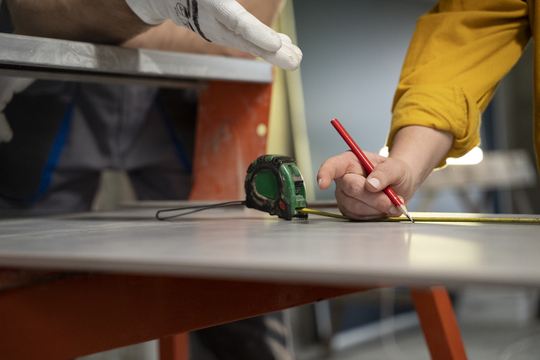In the dynamic landscape of furniture manufacture, where tradition meets innovation, one material has stood out for its versatility and modern appeal: plastic. From the humble beginnings of wooden chairs to the sleek, ergonomic designs of today, the journey of furniture manufacturing has been shaped by advancements in technology. In this blog, we delve into the intersection of technology and the production of plastic furniture, tracing its evolution from inception to the present day.
The Evolution of Furniture Manufacturing: A Historical Perspective
To understand the role of technology in modern furniture production, it’s essential to glance back at the history of furniture. Ancient civilizations crafted rudimentary seating and storage solutions from natural materials like wood, stone, and metal. With the industrial revolution came mass production techniques, revolutionizing the way furniture was made. However, it wasn’t until the mid-20th century that plastic emerged as a game-changer in the industry.
Plastic Furniture: A Modern Marvel
Plastic furniture entered the scene in the mid-20th century, offering a lightweight, durable, and cost-effective alternative to traditional materials. Initially viewed as a novelty, plastic furniture gained popularity due to its versatility in design and ease of production. However, it wasn’t until advancements in technology that plastic furniture truly came into its own.
The Role of Technology: Innovations Driving Change
Design Software Computer-aided design (CAD) software revolutionized the way furniture is conceptualized and prototyped. Designers can now create intricate shapes and structures, pushing the boundaries of what is possible with plastic.
Materials Science:
Technological advancements have led to the development of new plastic compounds that offer enhanced durability, weather resistance, and sustainability. Recycled plastics and biodegradable materials are increasingly being used, aligning with the growing emphasis on environmental sustainability.
Manufacturing Techniques:
Injection molding, a process where molten plastic is injected into a mold cavity, has become the go-to method for mass-producing plastic furniture. This highly efficient technique allows for intricate designs and rapid production, reducing costs and lead times.
Automation: Robotics and automation have streamlined the manufacturing process, improving precision and consistency while reducing labor costs. Automated systems can handle repetitive tasks with speed and accuracy, freeing up human resources for more complex operations.
Embracing the Future: Trends and Outlook
Looking ahead, the future of plastic furniture manufacturing is poised for further innovation. 3D printing technology holds promise for personalized, on-demand production, allowing consumers to customize furniture to their exact specifications. Additionally, advancements in sustainable materials and production methods will continue to drive the industry towards greater environmental responsibility.
In conclusion
the evolution of plastic furniture manufacturing is a testament to the transformative power of technology. From its humble beginnings to the cutting-edge designs of today, technology has been instrumental in shaping the modern furniture landscape. As we look to the future, the intersection of technology and furniture manufacturing promises continued innovation and sustainability, ensuring that plastic furniture remains a staple in homes and businesses around the world.

